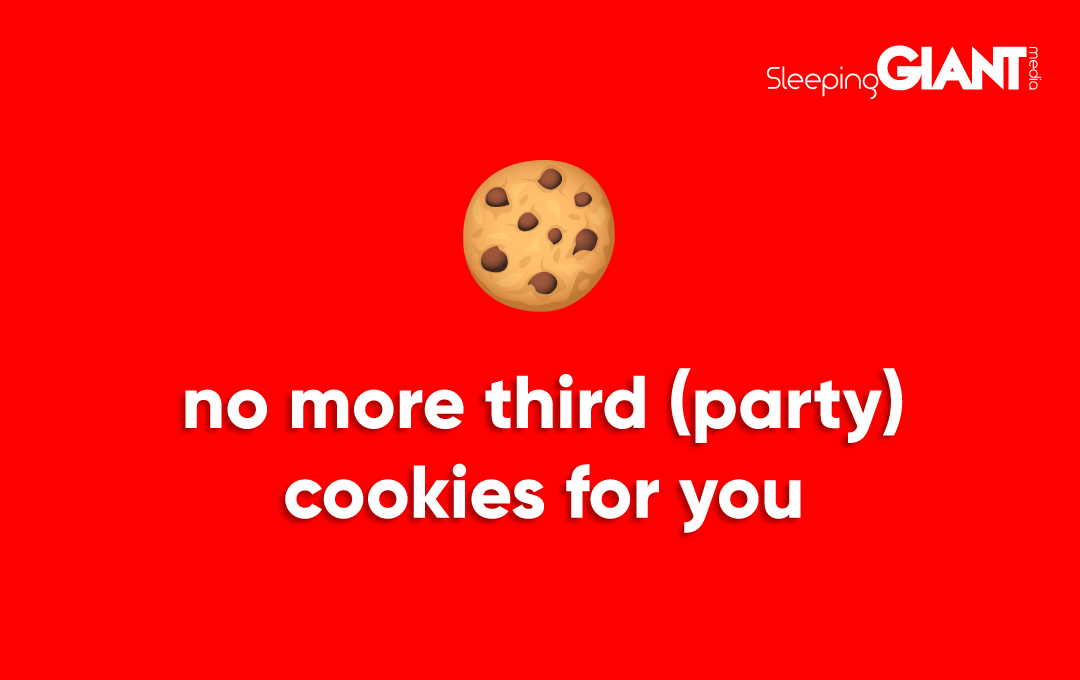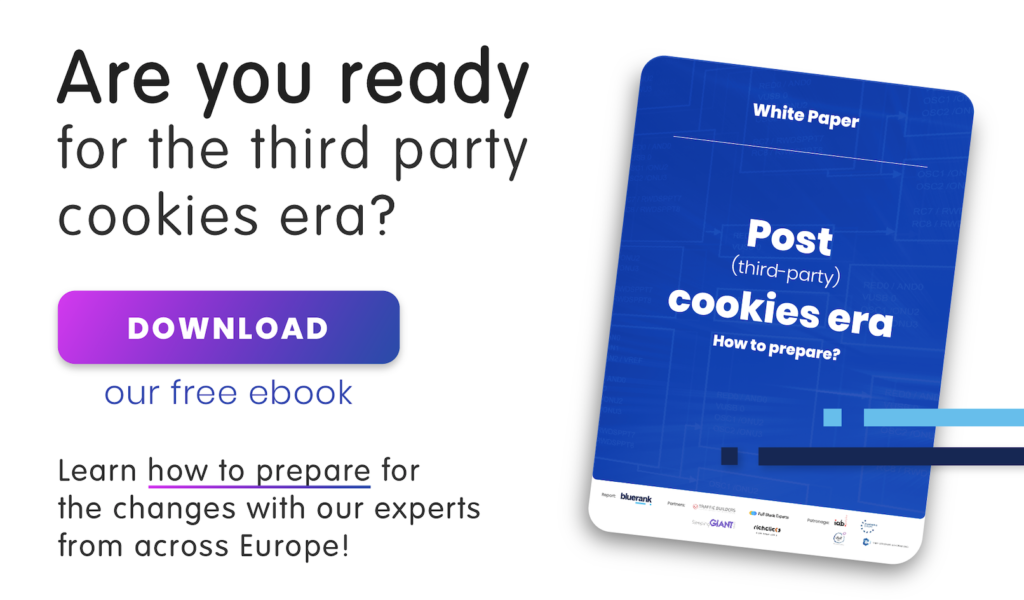
Adapting to Google’s 3rd Party Cookie Ban
As of 2022, Google blocked third-party cookies from Chrome. For many years before this, third-party cookies were essential tools for marketers, used to collect data and insights in order to target ads to their relevant audiences. These changes have meant the way information is gathered online has had to change fundamentally.
What are cookies?
Cookies are small bits of data stored by your web browser based on your activities on specific websites. They’re still in use now, but are much more restricted with regard to the information they can store. Transparency is key, and users are often required to opt into them when visiting a website.
What the cookie changes mean for marketers
Whilst the changes to the way cookies are used have been a giant step forward in terms of privacy, they were also a bit of a knock for the advertising industry, so what did these cookie changes mean for marketers?
Without third-party cookies, marketing faces both challenges and opportunities for innovation. Marketers need to have a fresh perspective and a more holistic approach to creating relationships with their customers. Building trust and offering genuine value are now an integral part of the marketing experience, rather than using potentially intrusive tracking methods.
Cookie policies now
Google’s move to stop collecting the particular information that helps advertisers target their ads is significant. However, it’s important to note that cookies still track and target users on mobile devices and target ads to people based on their behaviour on Google-owned platforms.
Although third-party cookies are blocked, marketing teams can still gather first-party cookies.
First-party cookies are only made and stored on the website you’re visiting. Unlike third-party cookies, they don’t track you as you navigate across different websites. First-party cookies are mainly used for things like saving login details, tracking preferences, and tracking sessions, and help marketers gather data and understand user behaviour across a website.
Marketing strategies in a cookie-less future
Innovation will continue to be key moving forward in the marketing world. Here are three ways relevant audiences can be targeted without the use of third-party cookies:
- Contextual targeting. This involves displaying ads on web pages relevant to the content presented on that specific page. If a website visitor is looking at gym equipment for example, then an advert for protein powder could work well.
- AI-powered solutions. AI can help marketers predict patterns in user behaviour, based on any first-party data that has been gathered. This might include purchases, time spent on a website, and any other on-site interactions. Learn more about AI and advertising here.
- Collaborations with other brands. Teaming up with other brands means first-party data and other insights can be shared, allowing for a more targeted strategy.
Sleeping Giant Media, alongside other European agencies, as part of the Dall International Alliance, got together to write up an extensive whitepaper to share insight and advice on this move into a cookie-less era.
We won’t spoil it… it’s a good read, so click below to download the paper.
For more digital marketing advice and insight, keep up to date with our blog or contact us with any questions you may have.

